Розробка уроку Animal Land
Розробка уроку Animal Land для 5 класу спеціалізованих шкіл з поглибленим вивченням англійської мови
Topic Animal Land
Form: 5
Aims: to revise the names of animals, to enlarge students’ vocabulary on the topic, to develop their reading, listening and speaking skills
Stage I. Getting ready for the lesson, warming up
1. Greeting, setting aims
Aim: to introduce the topic of the lesson
Procedure: T tells students about the journey to Animal Land and tells them that to get to this country they have to do some riddles; after all the riddles have been done, students close their eyes, count to ten and imagine they are in Animal Land
Materials: the presentation slides
Time: 2 min
Interaction: T – whole class
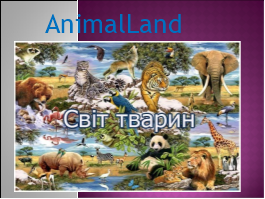
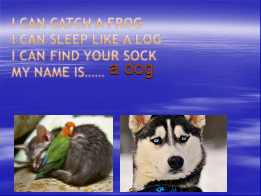
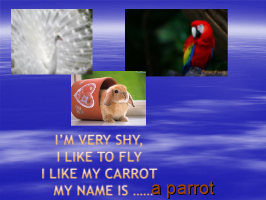
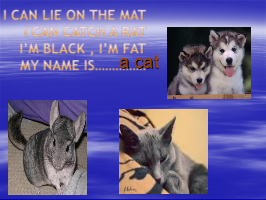
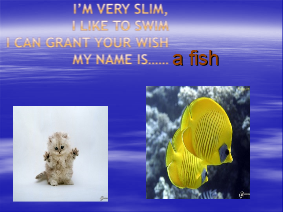
Stage II. Main part
1. The first station “Unusual Pets”
Aim: to develop students’ speaking skills
Procedure: students watch the presentation, listen to some information and discuss it answering T’s questions
Materials: the presentation
Time: 5 min
Interaction: T – whole class
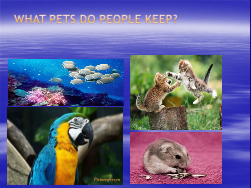
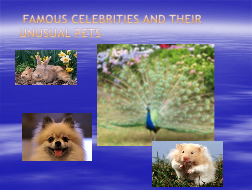


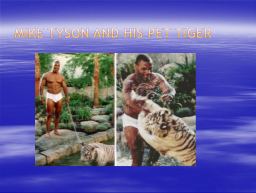
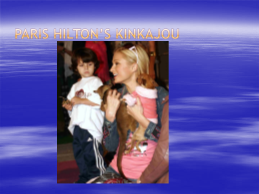


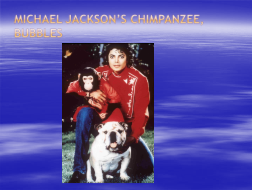


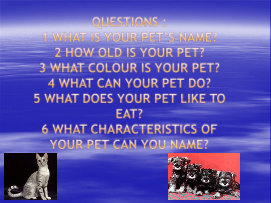
2. The second station “Reading”
Aim: to check hometask, to develop students’ speaking skills
Procedure: T divides students into groups and asks them to take turns to be a journalist for a moment and ask another member of the group one of the questions from the list
Materials: the list with questions, a “microphone” for each group
Time: 6 min
Interaction: group work
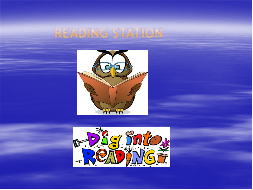
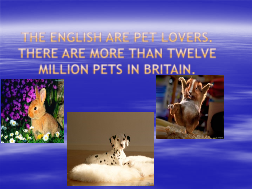
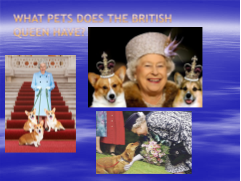
Animals and pets
The British are traditionally well-known for being animal lovers. Most British households keep some kind of pet. The most popular pets are dogs and cats. There are over 7 million dogs in the UK, which make them the top British pet. Famously, the Queen, Elizabeth II, has her own pet dogs, a number of corgis, who often accompany her on her travels. Other popular pets which are easy to keep in the home are rabbits, hamsters, mice, gerbils, tropical fish, budgerigars and small turtles. However, some people keep more unusual pets like snakes, spiders, chameleons and other types of reptiles and insects! Households with gardens or an area of land can keep larger animals like ponies, donkeys or horses.
Most children love animals. The responsibility of owning a pet can be of great benefit to a child: it can help them to learn the responsibility of animal welfare, teach lessons in life and help them to nurture a respect for life.
Pets are so popular and so much part of the family that more than a fifth of British pet owners admit to buying Christmas and birthday presents for their furry friends. British pet owners spend nearly £3.5 billion a year on their animals.
Of course, looking after pets properly is a very important aspect of keeping a pet. Just like human beings, animals have their rights and there are organizations to help protect animals from abuse and cruelty, for example the RSPCA (The Royal Society for the Prevention of Cruelty to Animals).
Many parts of the UK are farming areas and farmyards are a traditional aspect of British culture. Cows, sheep, goats, pigs, ducks, chickens and geese are all common domestic farmyard animals. Nevertheless, eighty percent of people in the UK live in urban areas with a population of over 10000 and consequently some children only see animals rarely. Nowadays, however, there are farm that are open to the public, where families from the cities can take their children to see the animals and learn about farms. These farms have often been created to promote organic food and to promote the protection and well-being of animals .
Visiting wildlife parks is also very popular with both children and adults. They are different to zoos. Zoos usually keep the animals in more confined spaces or cages. Although the animals are well looked after, their environment is not as natural as that offered by the larger open spaces of the wildlife parks in your vehicle and see the animals, as if you were on safari! You mustn’t get out of the vehicle or open the window, of course, as some animals, like lions, are very dangerous!
Because so many people love animals, there are many famous films, books and cartoons which have an animal as the hero.
Vocabulary:
1. British households – британські сім’ї
2. Corgis – корги (порода собак)
3.Accompany – супроводжувати
4.Budgerigars – хвилясті папуги
5.Chameleons – хамелеони
6.Reptiles – рептилії
7.Insects – комахи
8.Benefit – користь,вигода
9.Responsibility – відповідальність
10.Welfare – благополуччя
11.To nurture – виховувати
12.Pet owners – власники домашніх тварин
13.Admit – визнати
14.Furry friends – пухнасті друзі
15. Protect animals from abuse and cruelty – захистити тварин від жорстокості та насильства
16. Prevention – запобігання
17.Live in urban areas – жити в міських районах
18. A population – населення
19. Сonsequently – тому, отже
20. Rarely – рідко
21. Promote organic food – популяризовати органічну іжу
22. The protection and well-being of animals – захист і благополуччя тварин
23.Confined spaces – обмежений простір
24.Cages – клітка для тварин
25. Environment – середовище
26. Vehicle – автомобіль
27. Get out of – вийти з
The questions:
1. What are the most popular pets?
2. What pets does the British Queen have?
3. What other popular animals are easy to keep in the home?
4. What animals can households with gardens keep?
5. What can children learn while keeping a pet?
6. Are pets part of the family?
7. What organization helps to protect animals?
8. What are common domestic farmyard animals?
9. Why do some children only see animals rarely?
10. Where can families from the cities take their children to see the animals?
11. Why do they create these farms?
12. What is the difference between wildlife parks and zoos?
13. What rules do you know about visiting wildlife parks?
3. The third station “Cinema”
Aim: to practise listening, reading and speaking skills
Procedure:
Task 1
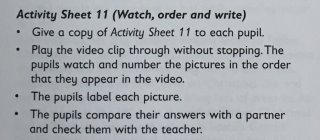
Task 2
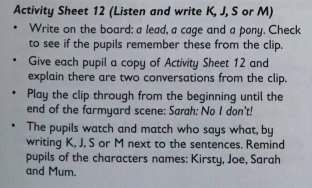
![]()
Task 3
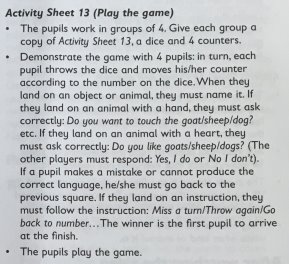
Task 4
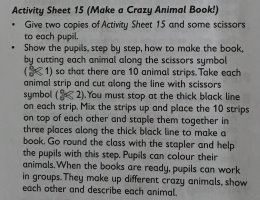
Materials: the video, printed activity sheets
Time: 20 min
Interaction: pair work, group work, individual work

Video script
1
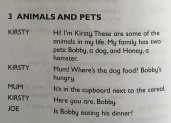
3
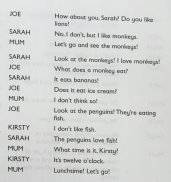
2
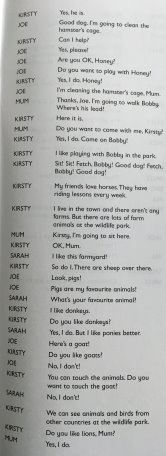
Task 1 Activity sheet
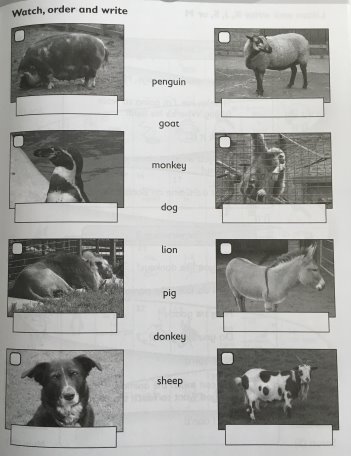
Task 2 Activity sheet
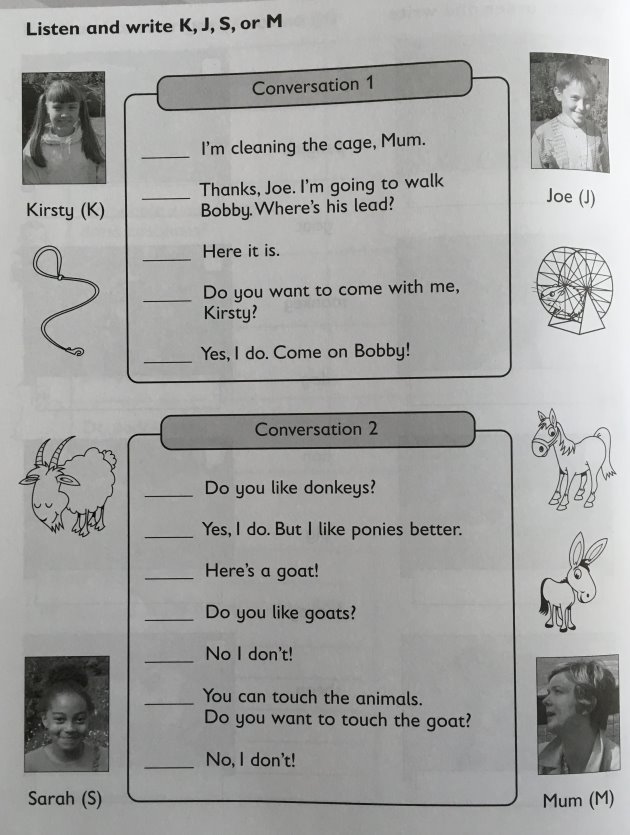
Test 3 Activity sheet
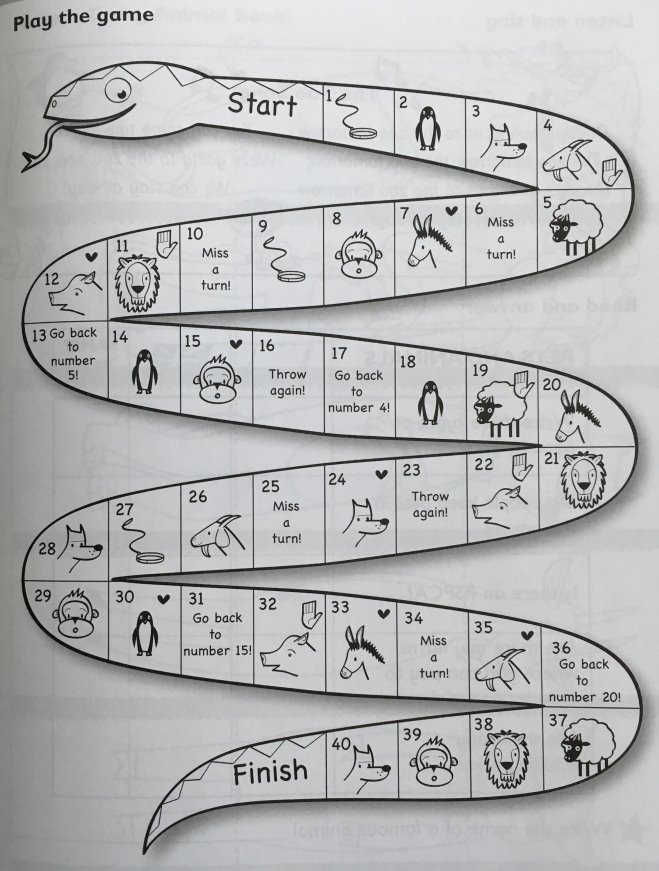
Task 4 Activity Sheet
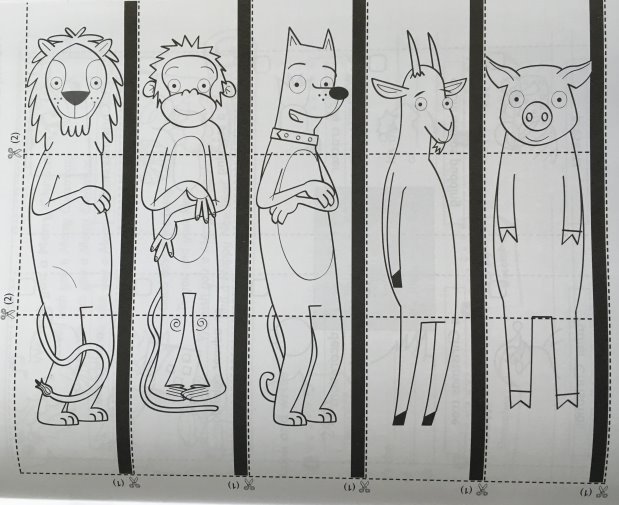
4. The fourth station “Musical Farmyard”
Aim: to develop pronunciation skills
Procedure: students sing a song
Materials: a video track
Time: 3 min
Interaction: whole class
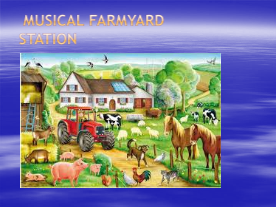
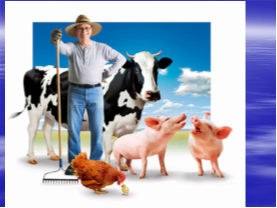
5.The fifth station “Games”
Aim: to revise vocabulary
Procedure: students divide into two teams according to the picture taken (cats and dogs); they do a crossword and a puzzle
Materials: a crossword sheet and a puzzle for each team
Time: 4 min
Interaction: team work
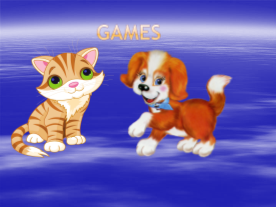
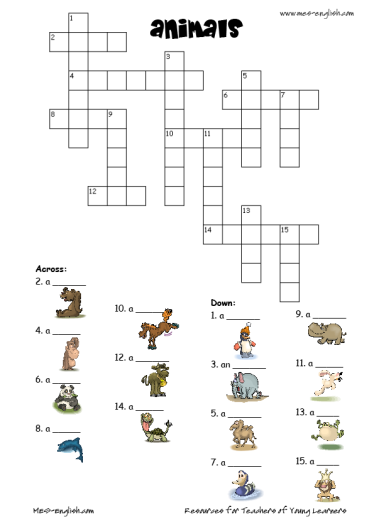
A puzzle
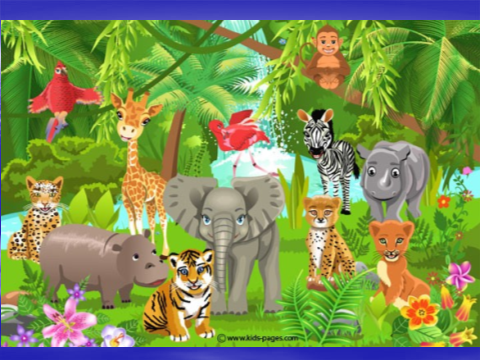
Stage III. Summing up. Hometask
Aim: to develop students’ speaking skills, to get feedback from students
Procedure: T shows the slides from presentation and discusses the issues with students
Materials: presentation slides
Time: 5 min
Interaction: T – whole class
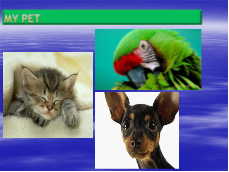
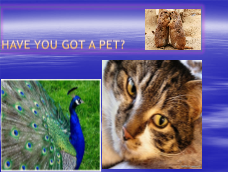
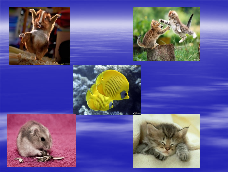
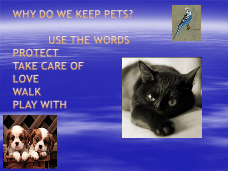
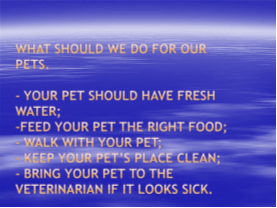
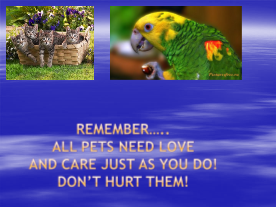
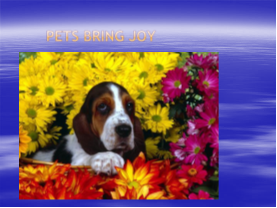
Hometask: to make a poster about your pet and the way you look after it, or, if you don’t have a pet, about the one you would like to have


про публікацію авторської розробки
Додати розробку
